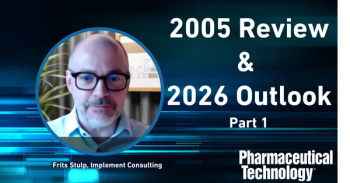
New Processing System Streamlines Cell Therapy Manufacturing
GE Healthcare’s new Sefia S-2000 cell processing system allows operators to conduct multiple cell therapy manufacturing steps with one instrument.
The Sefia S-2000 cell processing system, a multifunctional technology from GE Healthcare, streamlines the isolation, harvesting, and final formulation steps in the cell therapy manufacturing process by allowing operators to conduct multiple cell therapy manufacturing steps with one instrument.
The instrument, paired with software and disposable kits, enables operators to set the software to automate an individual cell processing step or a series of steps.
This system maintains a temperature-controlled environment, allows operators to perform centrifuge-based processes of up to 10 L of cellular product, and features weight sensors that automatically measure product volume. Additionally, its embedded computer system runs process automation and tracks data throughout the procedure. The instrument integrates with the company’s start-to-finish manufacturing platforms, including FlexFactory for cell therapy.
“Since cell therapy manufacturing involves processing live patient cells for therapeutic treatment, minimizing contamination and other risk elements is a key concern for manufacturers,” said Ger Brophy, general manager of Cell and Gene Therapy at GE Healthcare Life Sciences, in a company press release. “While many technologies currently used in cell processing were originally intended for other uses, Sefia S-2000 is an example of new technology developed specifically for cell therapy manufacturing applications to enable more control over safety and quality.”
The system’s launch was announced on May 3, 2018.
Source:
Newsletter
Get the essential updates shaping the future of pharma manufacturing and compliance—subscribe today to Pharmaceutical Technology and never miss a breakthrough.




